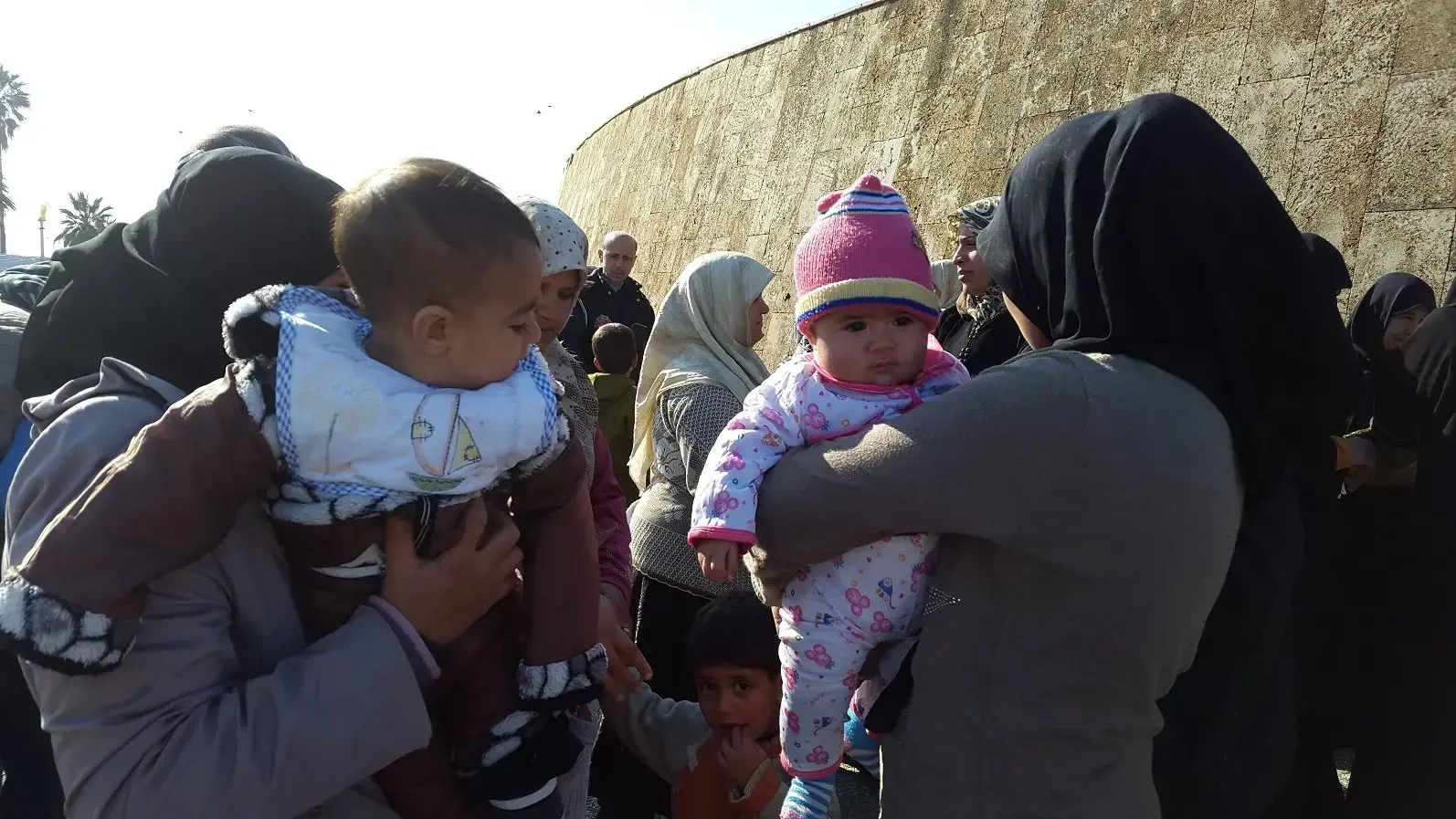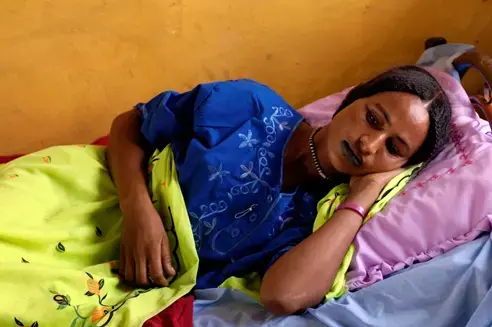CAIRO, Egypt - In all countries that have achieved a dramatic decrease in maternal and newborn death, well-trained health professionals have been a key to success. The returns on investing in human resources with midwifery skills are enormous.
The State of the World’s Midwifery (SoWMy) 2014, the second of its kind, will show what progress has been made since the launch of the first report in 2011 in increasing the number of skilled and competent midwives and others with midwifery skills; improving policies and regulations; and expanding the coverage of midwifery services and quality of care in 73 countries that carry more than 95 per cent of the global burden of maternal, newborn and child deaths.
SoWMy 2014 will provide data on the availability, accessibility, acceptability and quality of midwifery services. It will also reveal service gaps and highlight the needs for future health workforce and health systems to ensure that all women and families have access to quality midwifery care.
The report will be launched at the 30th Triennial Congress of the International Confederation of Midwives - Midwives: Improving Women’s Health Globally - in Prague, Czech Republic on 3 June 2014. Other national launch events will also take place around the world.
The second edition is a joint effort coordinated by UNFPA, the United Nations Population Fund, the World Health Organization (WHO), on behalf of the H4+ (UNAIDS, UNFPA, UNICEF, UN Women, WHO, and the World Bank), and the International Confederation of Midwives (ICM), to describe the state of the midwifery workforce, including its challenges and progresses. This effort will facilitate and support the national dialogue on investing in human resources for the health of women and children and will engage international, regional, national, and local partners supporting the United Nations Secretary-General’s Every Woman, Every Child campaign.
With newly collected data on midwifery services, the 2014 report will improve the evidence base, help mobilize leadership and action in high-burden countries to strengthen maternal and newborn health services, and facilitate the provision of quality midwifery services to every pregnant woman and her baby.
Part one of report will describe the state of midwifery in the present day, focusing on the dimensions of Availability, Accessibility, Acceptability and Quality of the midwifery workforce and midwifery services, and the resulting effective coverage.
Part two will explore the future challenges facing midwifery services, such as population growth, urbanization, adolescent and youth services, health care financing, equalities and equity until 2030.
The final part will consist of the 73 country profiles, including recognized population and health statistics, disaggregated data on population needs, geographical and socio-economic access, along with the supply and demand aspects of the midwifery workforce within countries. Changes and trends in indicators between the 2011 and 2014 reports will be highlighted and discussed.
Every woman and her newborn have the right to quality care during pregnancy, childbirth and after birth, which implies access to competent health professionals such as midwives for all. The findings of the report will complement two other important reports to be launched in 2014–the Countdown to 2015 biannual report and the Every Newborn Action Plan. These three reports will inform the post-2015 development agenda.




